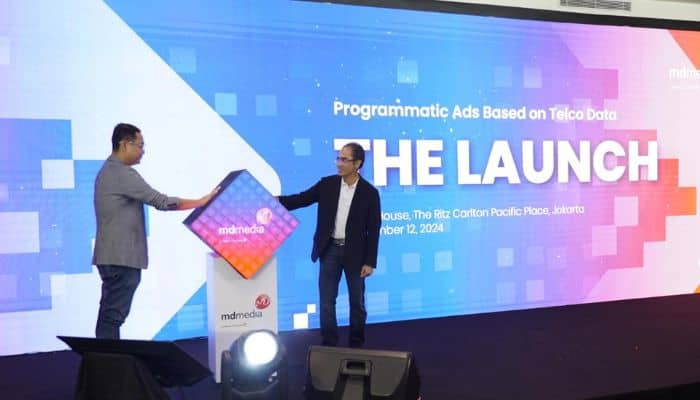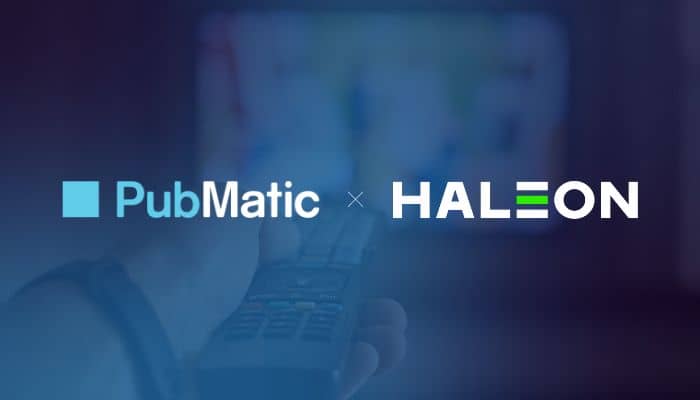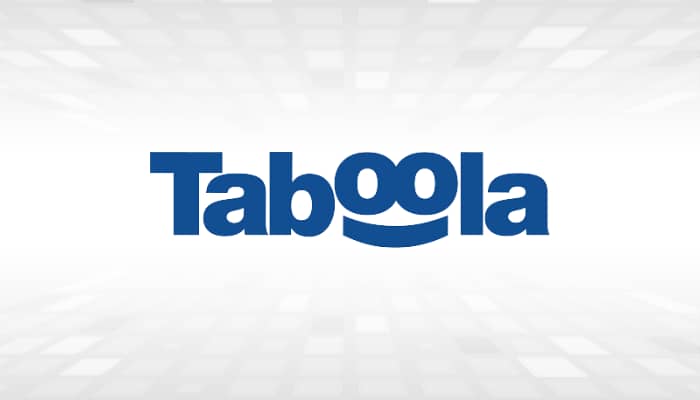Singapore – Social media platform TikTok has announced the launch of ‘Search Ads Campaign’, a new campaign type that enables advertisers to connect with high-intent audiences in the moments that matter most for their reach.
‘Search Ads Campaign’ enables sophisticated keyword-based ads which specifically target TikTok’s search results page. From a user experience perspective, the ads are the same, but for advertisers, a whole host of new features and targeting capabilities are now available.
Moreover, with ‘Search Ads Campaign’, brands have full control over how their content appears on the TikTok search results page, ensuring the right creative is served to the right users. This service currently supports both traffic and web conversion objectives, meaning that advertisers can optimise their campaigns for both scale and performance.
“This innovative new campaign type offers brands a unique opportunity to tap into the moments when users are actively exploring content, whether they’re searching intentionally or stumbling upon something new. This allows ads to be served to audiences at key decision moments, using keyword targeting to drive impactful engagement and conversions,” TikTok said in an online blog announcing the service.
With this service, advertisers can now tap into TikTok’s multifaceted search behaviours, where highly motivated users discover content both intentionally and serendipitously. Moreover, with its comprehensive planning tools, advertisers can effectively align their content with the varied search behaviours of TikTok’s users.
As TikTok’s diverse search landscape allows advertisers to connect with audiences across all demographics, and capture demand across a wide variety of interests, ‘Search Ads Campaign offers unparalleled control through keyword targeting, enhanced bidding capabilities, creative flexibility, and comprehensive search budget management, enabling advertisers to target high-intent users with precision.
It is worth noting that the ‘Search Ads Campaign’ begins with the typical search journey with a user clicking the search button at the top of the For You page. From there, they type in a search query, which then yields a series of search results. The ads appear among these search results and can be viewed within the in-feed experience. Once a user clicks on a Search Ad, they are able to continue scrolling through the search results in the order they appear on the page.
“We are excited to continuously innovate the TikTok search experience and deliver more ways for brands to connect and engage with the TikTok community. With Search Ads Campaign, brands now have increased control over their targeting to ensure they show up next to content relevant to their business, product, or service, while providing users with a more personalised ad experience,” TikTok further added.
As of this writing, TikTok’s ‘Search Ads Campaign’ is available in the United States, and testing in other markets.











